Chemicals list & Research Gallery
CAS number: 107-19-7
Prop-2-yn-1-ol is a terminal acetylenic compound that is prop-2-yne substituted by a hydroxy group at position 1. It has a role as a Saccharomyces cerevisiae metabolite and an antifungal agent. It is a terminal acetylenic compound, a volatile organic compound and a propynol.

Synthesis of Propargyl Alcohol 26

Separation of Propargyl Alcohols 26 and 4-epi-26 (Biyouyanagin Numbering)
CAS number: 107-21-1
Ethylene glycol is a synthetic liquid substance that absorbs water. It is odorless, but has a sweet taste. Ethylene glycol is used to make antifreeze and de-icing solutions for cars, airplanes, and boats. It is also used in hydraulic brake fluids and inks used in stamp pads, ballpoint pens, and print shops.

Amination of Piperazine 22 with Ethylene Glycol
CAS number: 107-22-2
Glyoxal is the dialdehyde that is the smallest possible and which consists of ethane having oxo groups on both carbons. It has a role as a pesticide, an agrochemical, an allergen and a plant growth regulator.

The reaction of glyoxal with 4-pyrrolidinylaniline 3h.
CAS number: 107-43-7
Betaine is a non-essential amino acid with proven functional properties and underutilized potential.
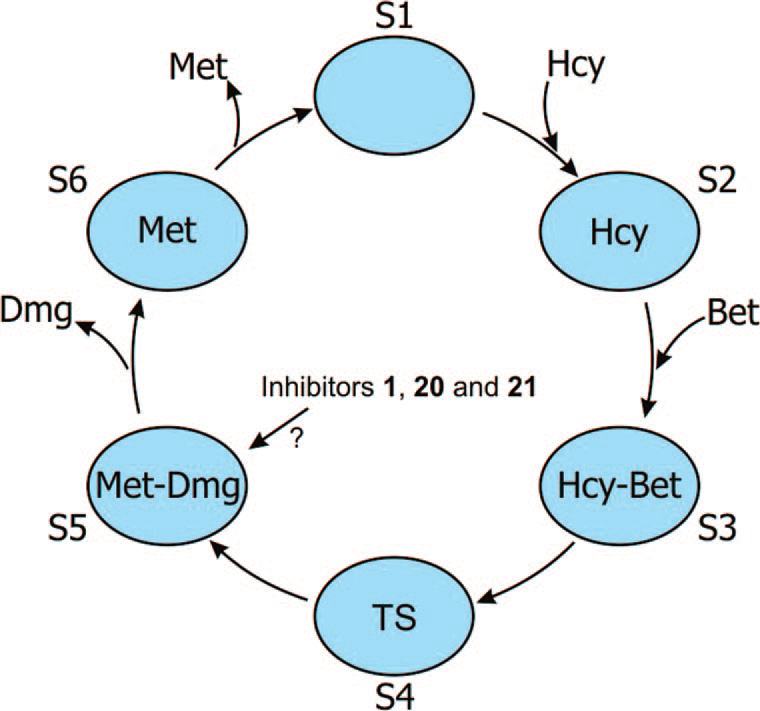
Schematic diagram showing the possible structural changes of BHMT during the binding process with substrates and products. The blue ovals (S1-S6) represent the different structural states of BMHT monomers. Hcy represents homocysteine, Bet represents betaine, Met represents methionine, Dmg represents dimethylglycine, and TS represents the assumed transition state of the substrate.
CAS number: 1070-89-9
Sodium bis(trimethylsilyl)amide, often abbreviated as NaHMDS, is a chemical compound used as a strong base and nucleophile in organic synthesis. It's a metal dialkylamide, combining high basicity and nucleophilicity. It's commonly employed for deprotonation reactions, generating enolates, carbanions, and other reactive intermediates.

Preparation of phenol unit 8. MOM=methoxymethyl, NaHMDS=sodium bis(trimethylsilyl)amide.
CAS number: 1072-97-5
2-Amino-5-bromopyridine is a brominated aromatic amine, specifically a substituted pyridine, where an amino group (NH2) is attached at the 2nd position and a bromine atom at the 5th position of the pyridine ring.

Reagents and conditions: (I) 2-amino-5-bromopyridine, CH3CN, rt, 120.
CAS number: 1074-82-4
Potassium phthalimide is the potassium salt of phthalimide, used as an intermediate in the synthesis of primary amines (via the Gabriel synthesis) and also in the production of pharmaceuticals, pigments, and dyes.
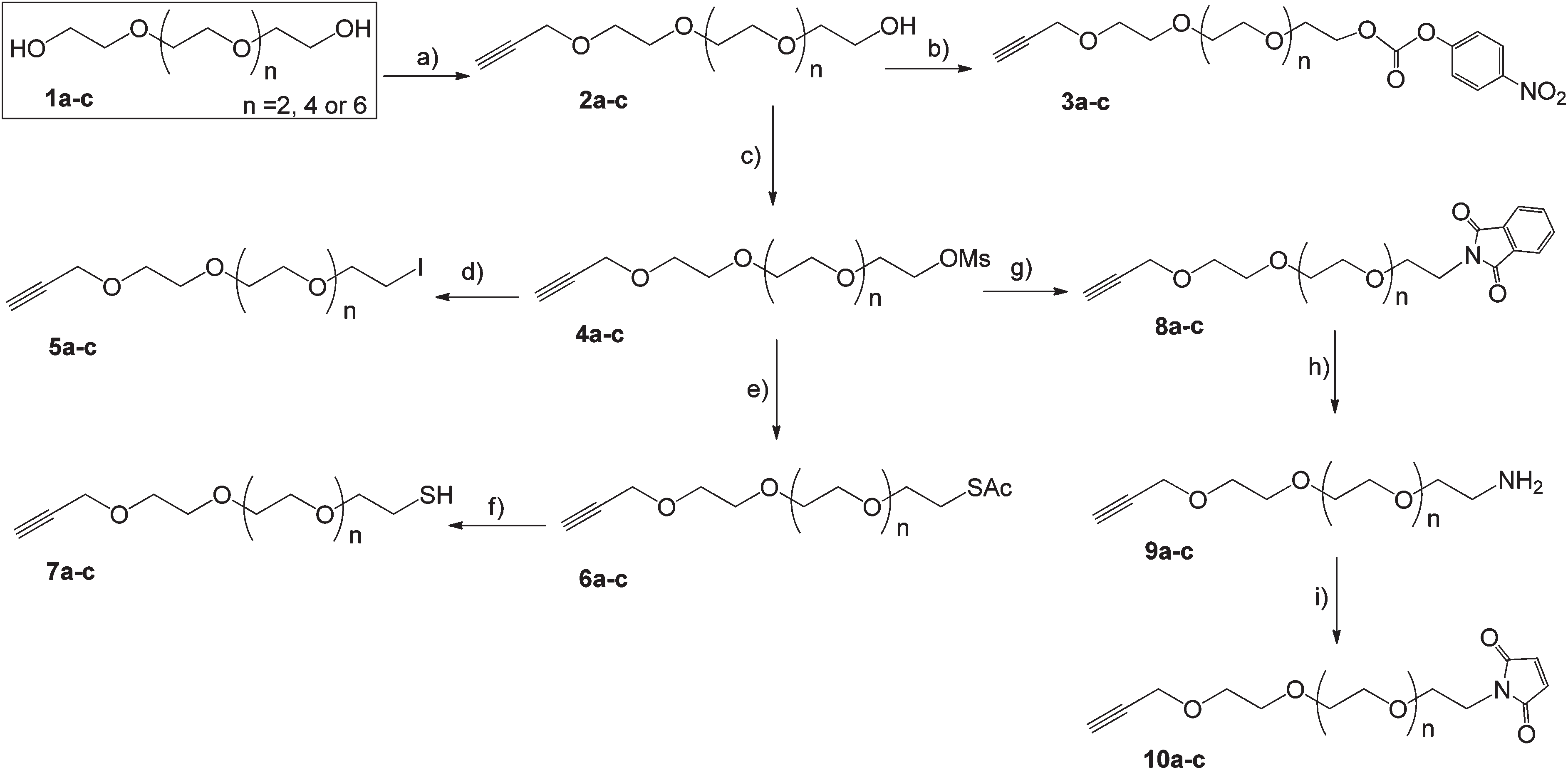
Synthesis of alkyne terminated heterobifunctionalized OEG linkers. Reagents and conditions: (a) Propargyl bromide, NaH, THF, 0 °C–RT–60 °C, 15 h; (b) 4-nitrophenyl chloroformate, pyridine, MeCN, RT, 15 h; (c) MsCl, Et3N, DCM, 0 °C–RT, 3.5 h; (d) NaI, acetone, 65 °C, 15 h; (e) KSAc, DMF, RT, 15 h; (f) LAH, THF, −10 °C–RT, 3 h; (g) Potassium phthalimide, DMF, 110 °C, 15 h; (h) Hydrazine, EtOH, 60 °C, 3 h; (i) N-methoxycarbonyl maleimide, Sat. aq NaHCO3, 0 °C–RT, 2 h.
CAS number: 1076-43-3
Benzene-d6 is a deuterated compound, a member of benzenes, an aromatic annulene and a volatile organic compound. It has a role as a NMR solvent.
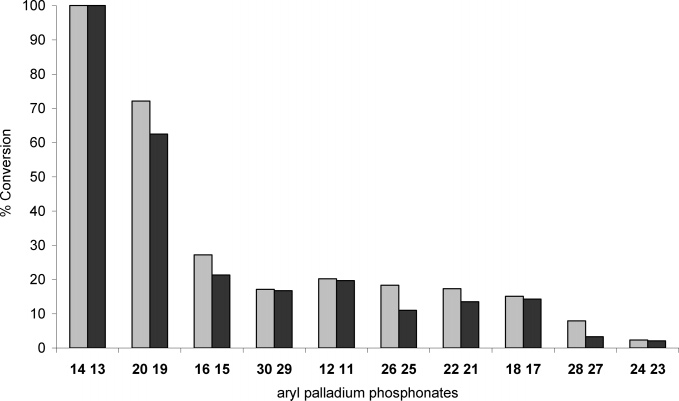
At 95 °C, the 11-30 arylphosphonate in C6D6 was eliminated after 3 h.
CAS number: 108-18-9
Diisopropylamine appears as a clear colorless liquid with an ammonia-like odor. Flash point 30 °F. Less dense than water. Vapors heavier than air. Toxic oxides of nitrogen produced during combustion.
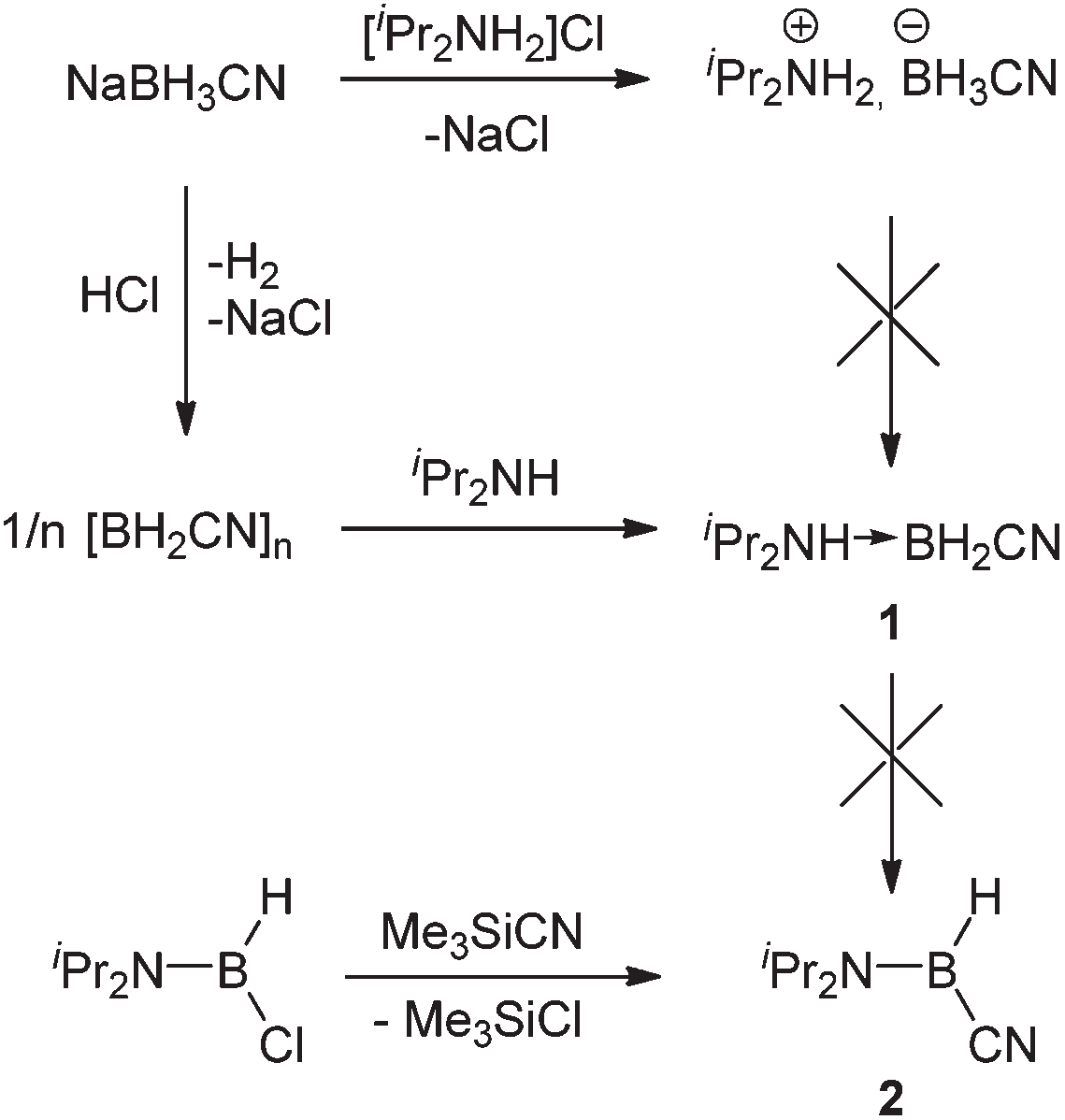
Synthesis of diisopropylamine-cyanoborane 1 and diisopropylamino-(cyano)borane 2.
CAS number: 108-24-7
Acetic anhydride is a clear liquid with a pungent, penetrating vinegar-like odor. It is completely miscible with diethyl ether and can be easily dissolved.
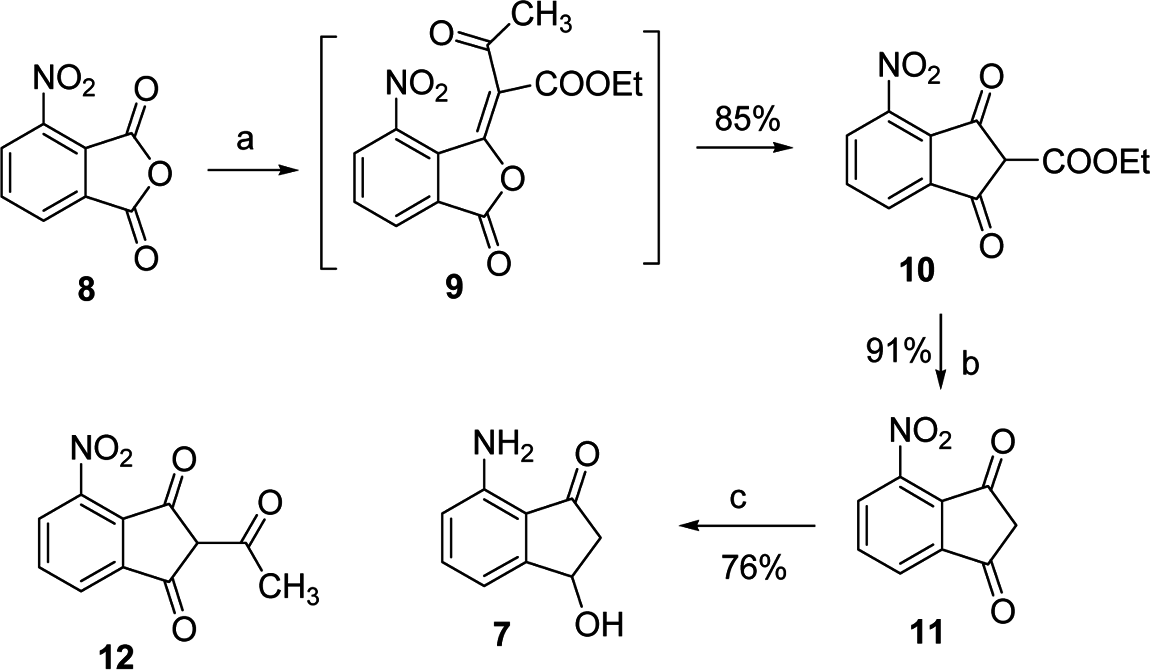
Reagents and conditions: (a) ethyl acetoacetate, acetic anhydride, triethylamine, dichloromethane, room temperature, 30 min; (b) trifluroacetic, acetonitrile, room temperature, 45 min; (c) 40 psi H2, 10% Pd=C, methanol, 24 h.